Part of a series of articles titled Park Paleontology News—Vol. 17, No. 2, Fall 2025.
Article
Preserving The History Of National Park Service Paleontology Through Oral History Interviews
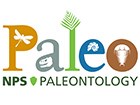
The National Park Service (NPS) preserves a rich and diverse fossil record documented from within at least 288 parks. The history associated with the discovery, research, field collection, and stewardship of NPS fossils extends back in time to before the bureau was established in 1916. To capture and preserve first-person accounts involving fossil related activities and stories within national parks, the NPS Paleontology Program initiated an oral history project in 2016 in conjunction with the NPS Centennial. Over the next decade more than 60 oral history interviews were completed with geologists, paleontologists, curators, NPS staff, and others to preserve important, often undocumented, historical information pertaining to NPS paleontology (see table).
List of participants and dates of interviews for the NPS Paleontology Program oral history interviews.
| Name Of Interviewee | Affiliation | Date of Interview(s) |
|---|
The NPS Paleontology Program Oral History Project implemented best practices for each interview. Digital audio files for each interview were recorded, interview transcripts were completed, release forms were signed by interview participants, and often associated documents and photographs were provided by individuals to support their narratives and further expand the historic record.
In 2022 the NPS Paleontology Program began a partnership with the NPS History Collection at Harpers Ferry Center to professionally manage the NPS paleontology records, including the oral history interviews, for long-term preservation and access. Under the supervision and coordination of NPS History Collection Archivist Nancy Russell, project archivists Molly Williams and Emma Squire were recruited through the National Center for Preservation Education (NCPE) to process, arrange, and describe over 87 linear feet of documents and 1.64 GB of electronic documents, including oral histories. In addition to the standard archival work, the team (Fig. 1) created Section 508 compliant version of the oral history transcripts for universal access and uploaded them to an album in the NPGallery digital access management system for public access. Each interview was summarized in the finding aid and each name linked directly to the corresponding transcript to facilitate access. The NPS Paleontology Program Records, including the oral history interviews, is available online.
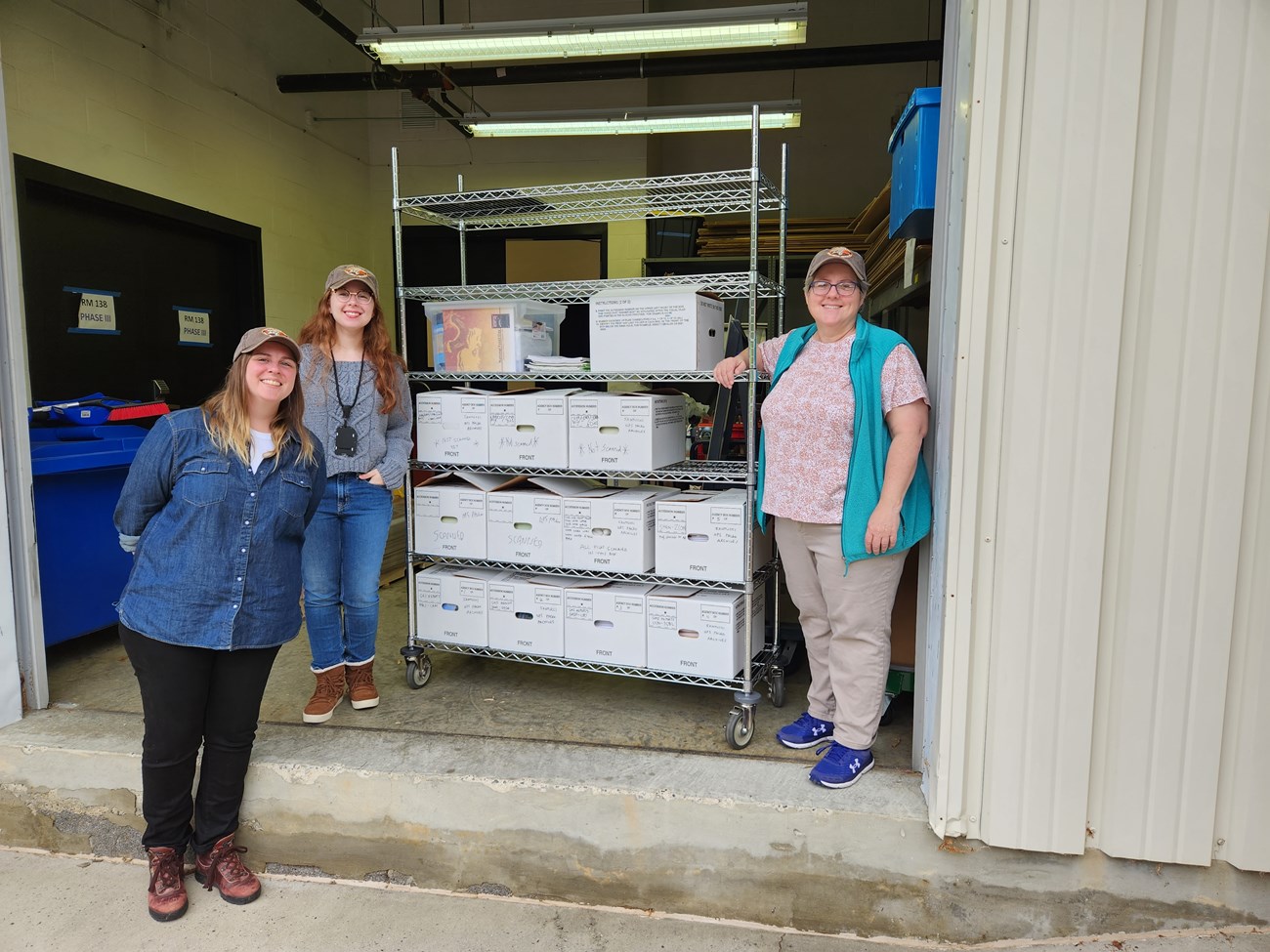
NPS photo
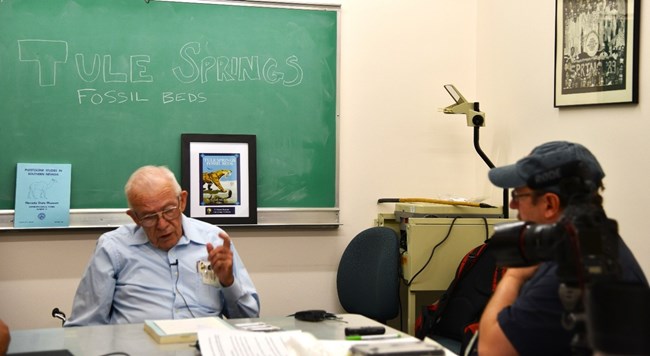
NPS photo
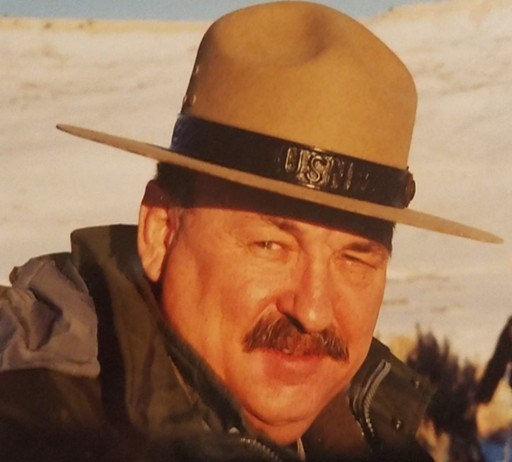
NPS photo
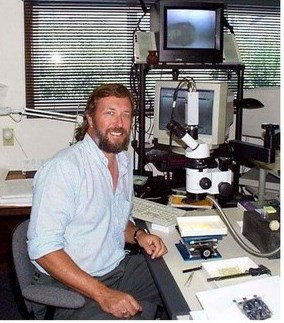
NPS photo
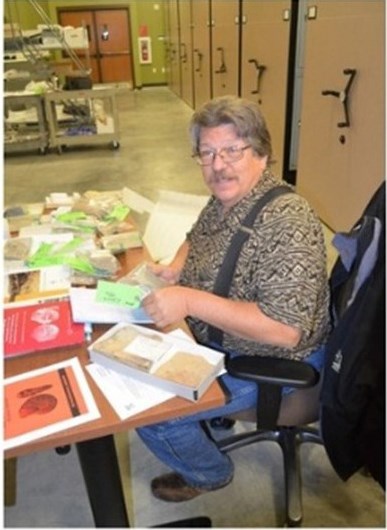
NPS photo
Jim Kirkland, Utah State Paleontologist, was interviewed on July 13, 2020, to share recollections of his extensive field work and research involving NPS areas in Utah and Colorado (Fig. 5). Jim supported paleontological resource inventories at Arches National Park, Capitol Reef National Park, and Zion National Park, as well as helping to pioneer paleontological resource monitoring at Glen Canyon National Recreation Area.
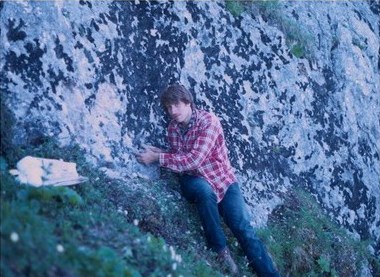
NPS photo
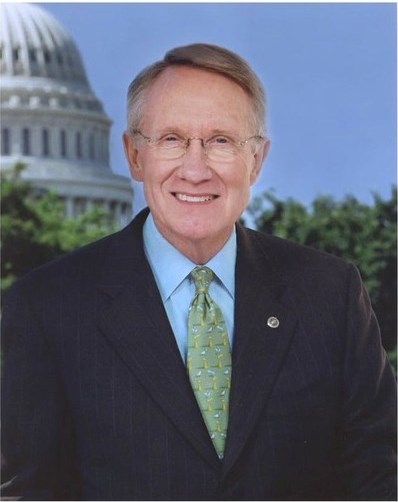
NPS photo
The 60 interviews collected to date capture important history and context for NPS paleontology, but more work remains. Several new interviews are planned for Fall 2025. Once completed and transcribed, these and future interviews will be archived with the NPS History Collection and available through the NPS Paleontology Program Archives website.
Last updated: September 30, 2025
